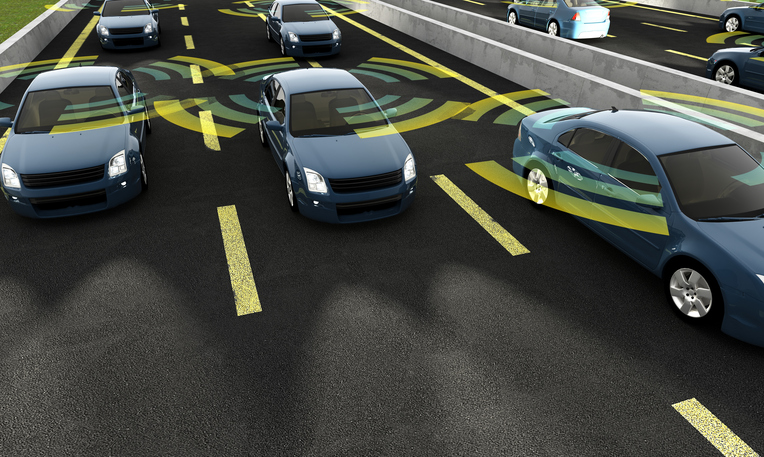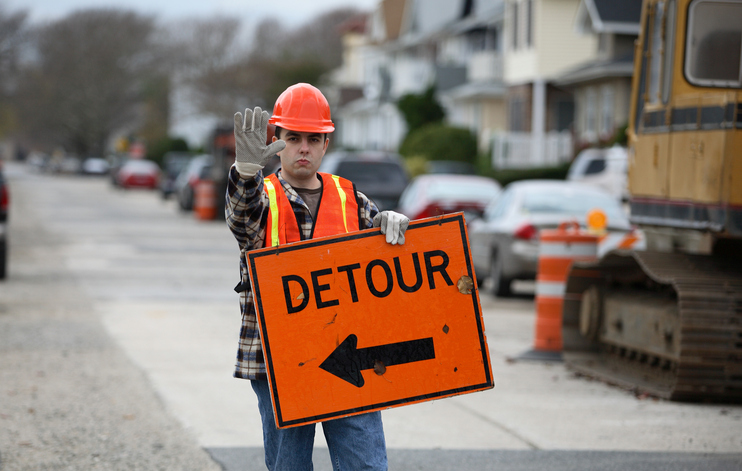Aspiring Auto Service Advisors: Here Are 3 Surprising Issues Facing Self-Driving Cars

Keep reading to discover three issues self-driving cars face while on the road.
1. Detours and Rerouted Roads Can Confuse Self-Driving Cars
Self-driving cars use a combination of built in radar and maps to know where they are going. In particular, Google’s self-driving cars rely on meticulously crafted 3D maps. These maps provide essential information like the location of intersections, stop signs, and highway on-ramps. Google has only mapped out a very small area to the degree of detail needed by their vehicles. In order to guarantee the high standards of safety Google has experienced during testing, all roads would need to be catalogued to that same meticulous level of detail.
However, self-driving vehicles that use maps face challenges. Oftentimes, maps cannot be updated quickly enough to accommodate detours and rerouting due to construction. This could cause a serious situation where a self-driving car thinks it can drive somewhere, but the lanes have been completely changed. Until maps can update in real time or self-driving cars can anticipate these obstacles, self-driving technology has a ways to go before passengers are safe.

2. Auto Service Advisors, Self-Driving Cars May Not Be Able to Identify Shadows
When a human driver is operating a vehicle, they are able to identify potential hazards on the road like puddles and potholes. They are also able to tell the difference between a pothole and shadows or reflections on the road that do not pose any danger.
Self-driving vehicles, however, can have a hard time differentiating dark spots on the road. Sometimes, the car may think a shadow is pothole. This could cause the car to suddenly brake, or possibly even swerve to avoid the perceived ‘threat.’
As you may learn in your service advisor courses, it can be expensive and complicated to repair damage from high speed accidents, which can be caused by cars unexpectedly swerving on highway roads. Self-driving cars will need to be much better at accurately identifying hazards before they can avoid potentially causing such accidents.
3. Auto Service Advisors May Know Self-Driving Cars Have Issues When Making Left Turns
Self-driving cars operate by calculating environmental factors, traffic patterns, and physics. Making left hand turns is an especially hard function for autonomous vehicles, because the potential for danger is so great. As an auto service advisor you may notice during your career that cars are more likely to get damaged in situations where left hand turns are involved.
Self-driving cars are notorious for waiting especially long periods of time in an intersection for a “safe” break in oncoming traffic. This can frustrate vehicles behind the self-driving car, potentially provoking them to drive aggressively or dangerously. Human drivers are able to alter their driving habits and take calculated risks. This intuition is challenging for developers to integrate into self-driving cars.

Contact an advisor at Automotive Training Centres today to get started!

